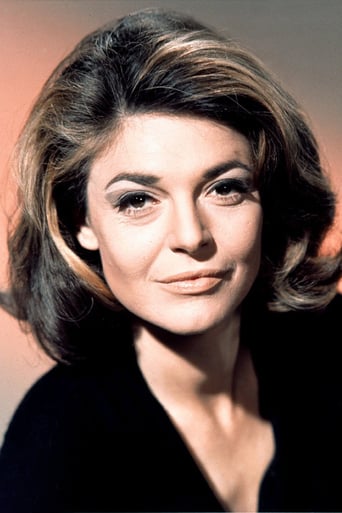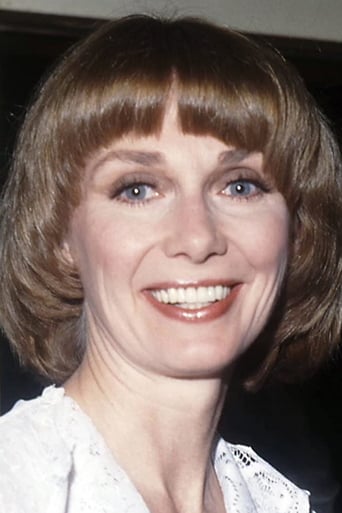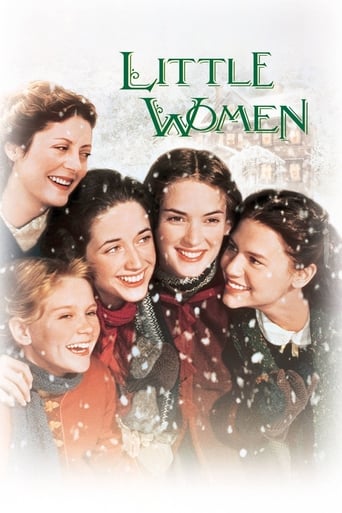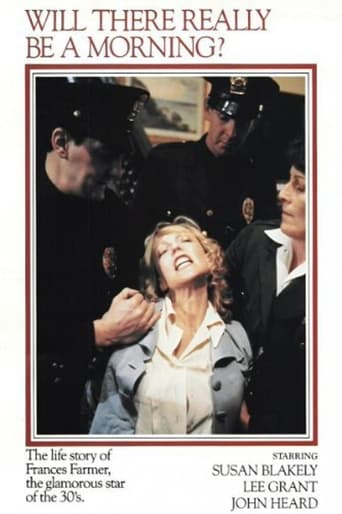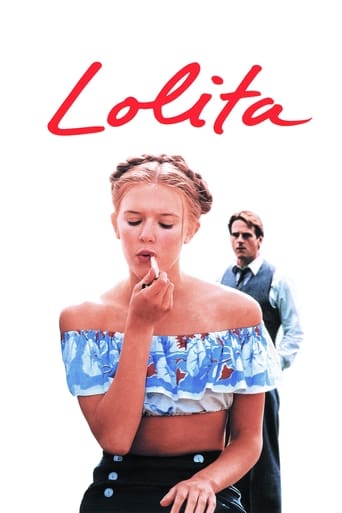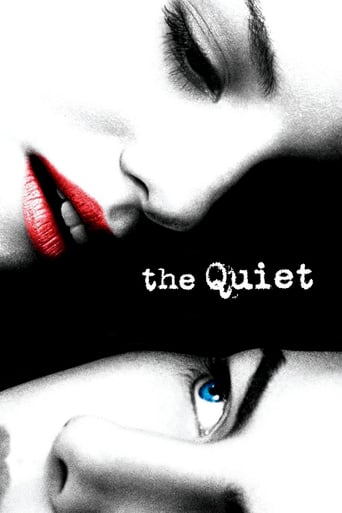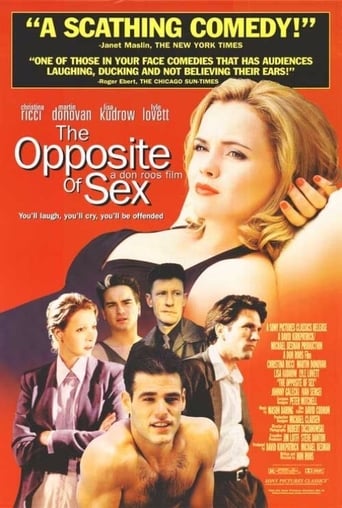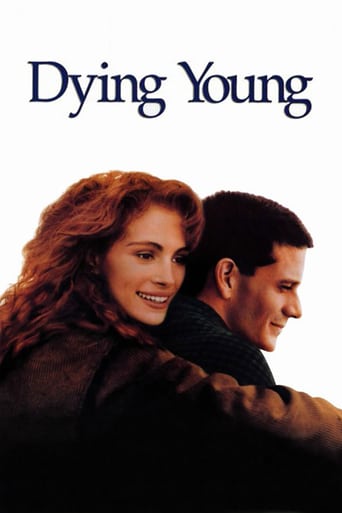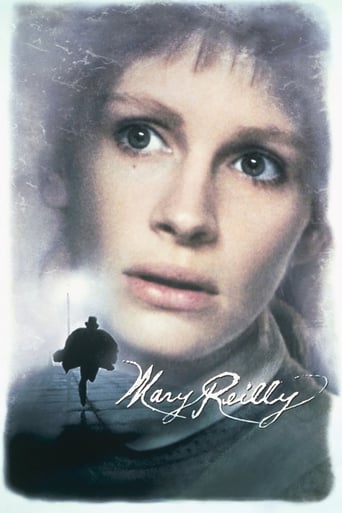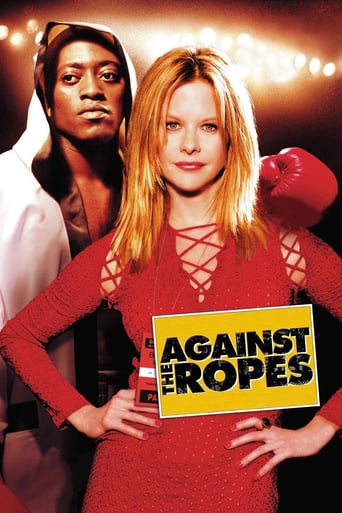The Miracle Worker (1962)
The true story of the frightening, lonely world of silence and darkness of 7-year-old Helen Keller who, since infancy, has never seen the sky, heard her mother's voice or expressed her innermost feelings. Then Annie Sullivan, a 20-year-old teacher from Boston, arrives. Having just recently regained her own sight, the no-nonsense Annie reaches out to Helen through the power of touch, the only tool they have in common, and leads her bold pupil on a miraculous journey from fear and isolation to happiness and light.
Watch Trailer
Cast


Similar titles
Reviews
Rendered blind and deaf by disease during her infancy, a young girl is gradually taught how to communicate by a compassionate teacher in this drama based on Helen Keller's life. The film is atmospherically shot in stark black and white by Arthur Penn, a director smart enough to realise that the physical interactions of his protagonists are pivotal for a film about a girl who cannot see or hear; the most intense scene has virtually no dialogue as co-leads Anne Bancroft and Patty Duke wrestle in the family dining room. Both actresses are very good too - Bancroft in particular - and it is a shame that the same cannot be said of the supporting cast. Inga Swenson is so histrionic as Keller's mother that she is hard to watch, with only Victor Jory as Keller's insensitive father offering a more over-the-top turn; the opening pre-credits scene in which they discover Keller's condition is particularly melodramatic stuff. Andrew Prine is also dull as Keller's brother. Fortunately, much of the screen time is taken up by the lead actresses gradually coming to understand each other in the only way that a deaf and blind person could. The film is quite thought provoking along these lines, highlighting the difficulty of functioning in a world in which one cannot communicate or understand what is going on, and while one does have to endure a second rate supporting cast, it is worth it.
Previous experience with this film: I knew the basic premise of the story, and vaguely remember seeing part of the movie on television when I was about ten years old. At that time, a black and white movie about "some girl" did not hold my interest.General Notes: The Miracle Worker, like many movies based on an encouraging true story, goes straight for the heartstrings. It has all of the elements of a movie that appears routinely on the Lifetime network. Character with disability. Check. People that do not understand said character with disability. Check. One person willing to defy normal conventions to help person with disability. Check. Overly dramatic score filled with sweeping strings. Check. However, this movie is saved by two things; the fine acting of Anne Bancroft, and this film's focus on the teaching methods used on Helen Keller.Positives: Anne Bancroft's performance is nothing short of brilliant. She definitely earned her Oscar portraying the stubborn, strong-willed Annie Sullivan. Patty Duke as Helen Keller was good as well, although I am not sure is was Oscar-worthy. The two worked very well together on screen, particularly in the famous tantrum scene. Helen pinches, bites, pulls hair, slaps and throws silverware in defiance of her teacher. Anne Sullivan is trying overcome several years of a family letting a child tyrant do whatever she wants. Watching this scene is like watching the proverbial irresistible force meeting the immovable object. The movie focuses on Helen Keller's inability to understand that objects have names. Annie Sullivan shows Helen sign language, but for most of the movie, it doesn't mean anything. She is just repeating the finger patterns without comprehension. Throughout the film, you see Annie Sullivan's many struggles to reach her student. When Helen finally understands, it is quite rewarding.Negatives: The lighting and camera-work. I am not sure why this was filmed in black and white. At times, the character's faces were framed in perfect silhouettes. At other times, the shadows were too large and distracting, as if the lights were placed in the wrong position. Also, the sweaty close-ups were a bit jarring as well. Not too much of a negative, but it was evident that was originally a play. Much of the dialogue seemed out of place for a film, but would work on the stage. Helen Keller's parents. Victor Jory seems to yell almost all of his lines. In fact, my notes state "Father – a bit yelly". Inga Swenson was a bit too melodramatic. In the opening scene of the movie, there is lots of screaming at the discovery of Helen's affliction. I didn't quite know what to make of it and was worried that the entire move was going to go down that path. I am glad it didn't.Mixed: The use of superimposed images. At times it worked, but I think it was a bit overdone. The best one was a dream sequence early in the film. Anne was in the foreground and her dream was very fuzzy in the background. It was well done, but it seemed like a technique that would be at home in a movie made in the 1930s, not in 1962.Overall: A solid feel-good movie that showcases two very fine actresses with great on screen chemistry. I would recommend this movie and give it a solid rating of 7.
This, of course, is the Academy Award winning film of the Helen Keller story. Helen was born fully functioning until a brain fever takes her vision and her hearing. The Keller family takes on the responsibility of raising her with all the pitfalls involved. They have tried everything they can but to no avail. Helen is like having a tornado in the house. She throws tantrums, eats food off other's plates, slaps, kicks, and is generally destructive. One day a school in Baltimore is contacted and a teacher is sent to work with Helen. She is Annie Sullivanand the rest is history. Annie has two obstacles. The obvious one is breaking through to Helen. The other is trying to work after years of the family giving in to what Annie calls a "tyrant." The family is a southern patriarchal one and she butts heads with the father time after time. But hidden deep in the recesses of that active brain is something that needs to be reached. By the way, watch the wonderful scene where Annie works to get Helen to eat her food in a civilized. Patty Duke and Ann Bancroft are amazing in this film. The black and white atmospheric setting and subtle music and Arthur Penn's restrained direction are hallmarks.
The second feature of Oscar-winning director Arthur Penn (BONNIE AND CLYDE 1967), THE MIRACLE WORKER is a riveting and inspirational true story of the American deaf-blind author and lecturer, Helen Keller (Duke), and her visually impaired governess Anne Sullivan (Bancroft), who painstakingly breaks in the impregnable carapace of the disobedient Helen, and miraculously manages to teaches her how to communicate with the outer world and express her feelings through sign language.The brunt of the film's infectious potency derives from the high-octane delivery of the two leads, Duke and Bancroft reprise their roles from their award-wining Broadway play to this brilliant Black- and-White movie adaptation, against the disadvantage that both were nearly a decade older than their respective characters' real ages when the story took place, especially for Duke (who has just passed away this year at the age of 69, R.I.P.), on her cusp of adolescence, she was born in 1946, to portray a 7-year old child is too much a stretch for her, fortunately, the role is in the main a Herculean physical endeavour, covered up by her ragged garment and soiled face, her assiduous imitation pays off wondrously, it boldly resists viewer's expectation and inspires extolment.Ms. Bancroft, not quite a household name among cinema-goers at then, comes on board with her take-no-prisoners modus operandi, do whatever she can to drag Helen out of her "wild child" caprice, and it is only an outsider from the family can do, without compassion. Here, an overlong battle between her and Duke with regards to table manners can be hailed as one of the most intensely choreographed fighting sequence ever occurred on screen, all takes place in one single dining room, where dramatised tug-of-war is livened up to slapstick antics, which are not to induce laughter, but a compelling tension so viscerally sensed by viewers. All the more, Bancroft also has to come to terms with the vacillation from Helen's family, and her own traumatic past experience in an asylum with his diseased brother, where Penn and DP Caparrós deploy some unique camera tricks to a haunting and harrowing effect.The epithet "Oscar-winning actress" is an apt reward to Bancroft and Duke, but in a perfect world, Inga Swenson's heartfelt turn as Helen's loving mother Kate should also have reaped some recognition, only if Duke could have been pushed to the leading category, which would leave the spot for Ms. Swenson, a Joanne Woodward lookalike, whose career never really took off. By sheer contrast, the old hand Victor Jory, who plays the domineering father, really gets on one's nerves for chewing up the scenery.The vastly gratifying epiphany is the moment when Helen finally understands the true function of the "bridge", created by Anne, to link her closed heart with the world around her, the connection between the signed language and the items she can feel tactilely, it is so obvious in the eyes of a common sighter, but, for Helen, and all those with similar disabilities, it takes a sea change of progress. Without additional flourishes, the movie comes to its halt when Helen earns the key to embrace her life, the one would turn out to be quite extraordinary!.Cinema is an art-form catering to those who can see, something we viewers always take for granted, but indeed we should always be grateful to that, that's a golden takeaway from this hallmark theatrical piece of cinema.





